Giving Back After Juvenile Idiopathic Arthritis Care at CHOP: Alice’s Story
Giving Back After Juvenile Idiopathic Arthritis Care at CHOP: Alice’s Story
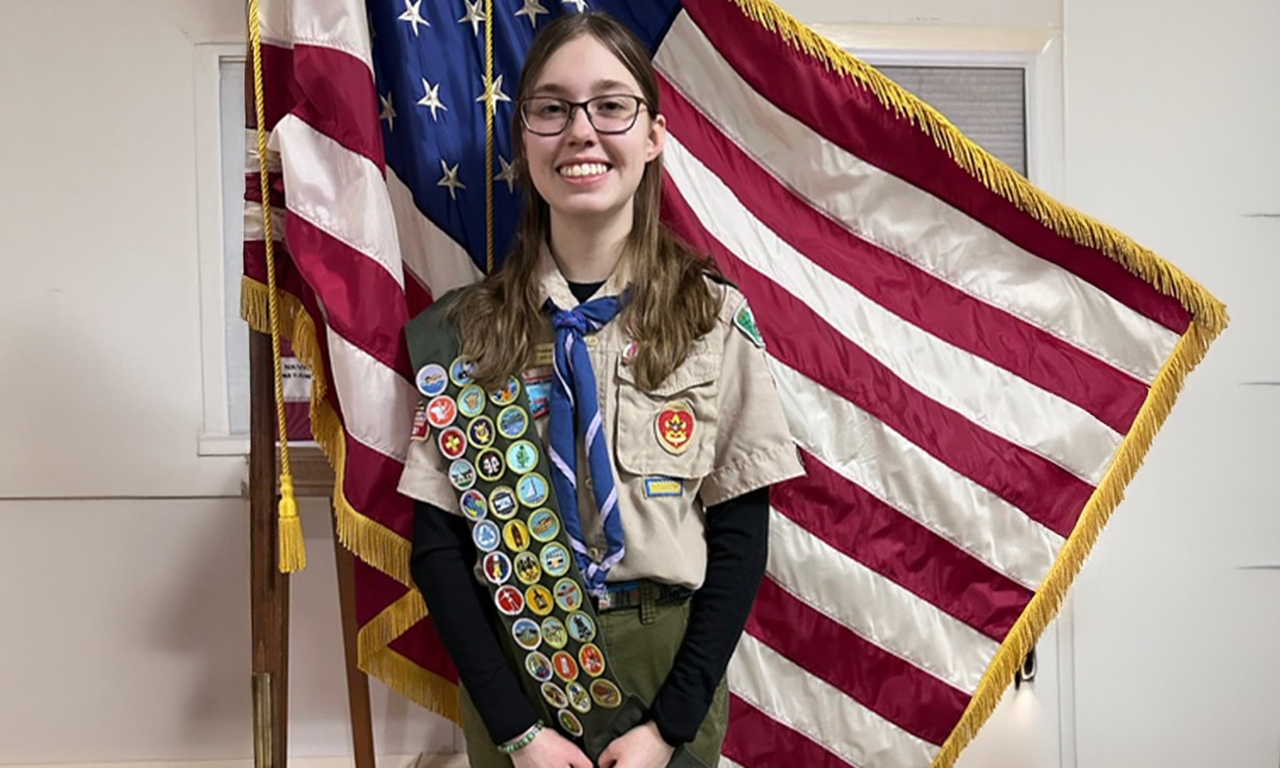
When Alice was considering what to do for her Eagle Scout project, she remembered a gift she received when she was diagnosed with chronic polyarticular juvenile idiopathic arthritis at age 5: A backpack chock-full of art supplies, notebooks and a heating pad. The supplies helped comfort and distract her during her treatment at Children’s Hospital of Philadelphia (CHOP).
“When I was looking for ideas for my Eagle project, I learned the most impactful projects were personal ones,” Alice says. “I decided to create backpacks – like the one I received from a family friend – and donate them to CHOP to help other kids with arthritis.”
After months of planning, collecting donations, buying supplies and assembling comfort kits, Alice delivered 72 kits to the Division of Rheumatology at CHOP – the same team that diagnosed, treated and supported her for the past 10 years. The kits will offer new patients comfort, distraction and fun while they undergo treatment at CHOP.
It was a full circle moment for Alice and her clinical team. They couldn’t have been more proud or more grateful. Now 16, Alice recently earned the rank of Eagle Scout – one of the first girls in Bucks County to earn the honor from Scouting America, formerly the Boy Scouts of America. She is the first girl to receive the rank of Eagle from Troop 187G, of which she is a founding member.
Alice’s medical journey
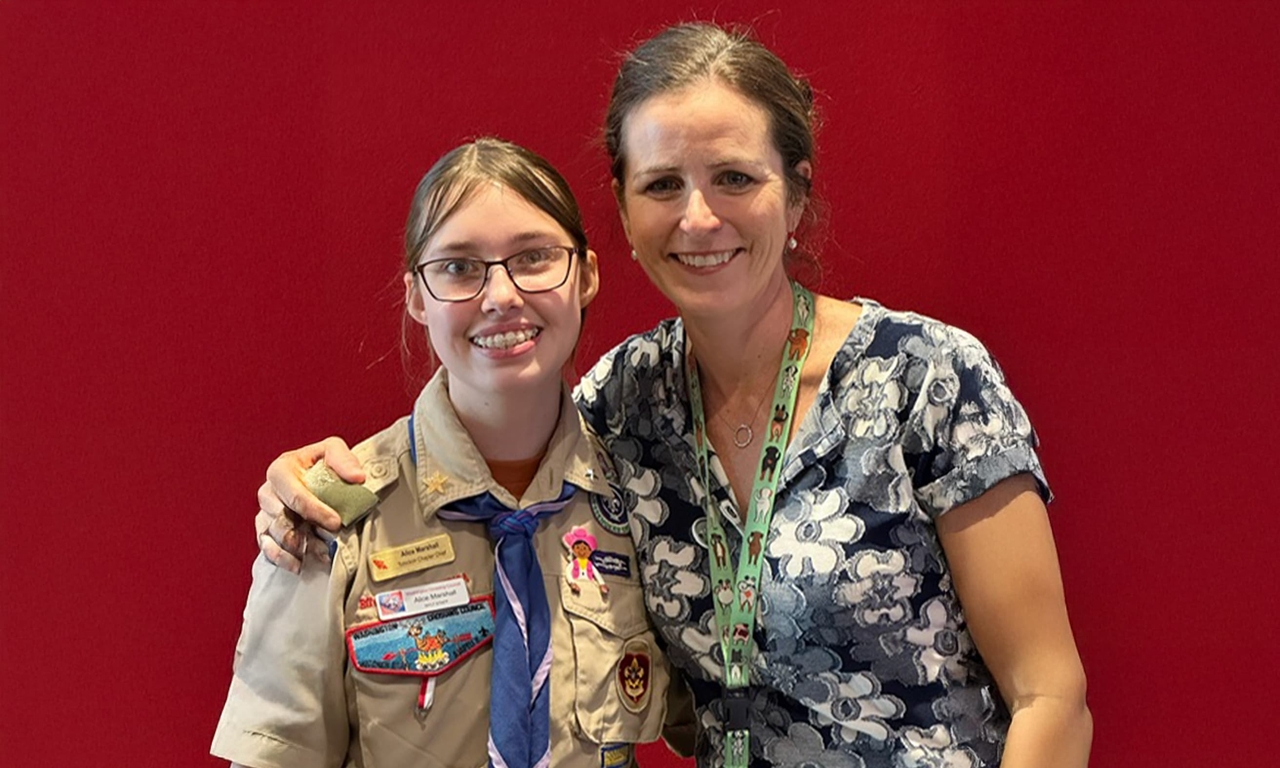
Alice was a toddler when her earliest symptoms began. She couldn’t crawl like other children; instead, she army crawled on her belly. She couldn’t sit cross-legged or lower herself to the floor independently. As she grew, she also held a pencil differently than her pre-school peers, despite many corrections. And she moaned in her sleep.
Concerned, Alice’s mother, Jennifer, took her to their pediatrician where blood work was ordered, and the family was referred to Rheumatology at CHOP’s Main Hospital for further evaluation.
Alice and her father, Christopher, met with Pamela F. Weiss, MD, MSCE, an attending rheumatologist and clinical research director of Rheumatology. Dr. Weiss examined Alice, reviewed imaging studies and observed as the toddler played, jumped and crawled. Dr. Weiss diagnosed Alice with polyarticular juvenile idiopathic arthritis (JIA), saying the inflammatory condition caused stiffness in more than 40 joints in the 5-year-old’s body. Polyarticular JIA can affect both large and small joints; in Alice’s case it primarily affected her hands and feet.
Unless treatment was started at once, Alice’s hands would continue to curl inward, and she would need to use a wheelchair within two years. Alice’s parents agreed their daughter should start the treatment her clinical team recommended.
Weeks later, Alice began receiving weekly injectable medications of methotrexate and Enbrel®, two immunosuppressive drugs used to treat autoimmune and rheumatological disorders. The medications work by slowing down the overactive immune system.
It was during the early days of treatment that Alice received the backpack filled with support and distraction supplies from a family friend. Two items that were particularly helpful Alice says were the vibrating icepack, so Alice didn’t feel the injection as much, and a heating pad to soothe her skin after the injection.
“Within 30 days of starting treatment, we saw positive changes,” Jennifer says. Soon, Alice began to grow again – in both height and weight. When her condition was stable and Alice felt better, she began occupational and physical therapist at CHOP Specialty Care & Surgery Center, Bucks County.
Early therapy was geared towards helping Alice perform functional tasks – holding a pencil correctly, shooting baskets, balancing on a wobble board. “The therapists tried to make it fun, but it was hard to watch her struggle,” Jennifer says.
Treatment over the years
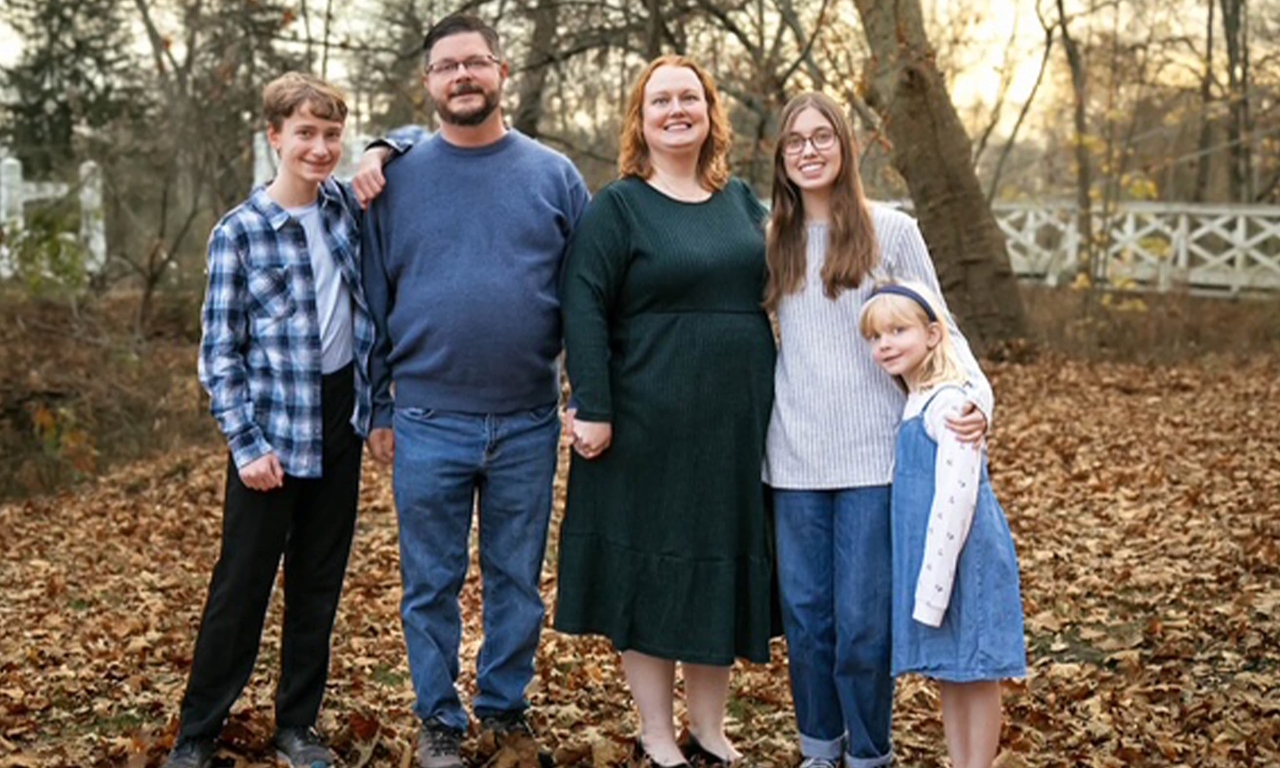
As the years went by, Alice’s treatment was adjusted to meet her needs. Whether it was regulating her medications, adding more PT/OT to meet new personal goals, or simply concerned parent calls on a weekend, Alice’s CHOP team was always available to help.
In 5th grade, Alice learned how to strengthen her body through PT, the right shoes to buy to improve her ankle alignment through OT, and techniques to improve her gait when walking or running. Alice was able to play soccer in elementary school.
By 7th grade, Alice had new goals: She wanted to strengthen her hands and fingers to be able to open a salsa jar, button her uniform, and open her thermos or a can of soda by herself. “My therapists helped me get stronger and learn how to adapt on bad days,” Alice says.
“Dr. Weiss is a really good listener,” Jennifer adds. “She looks at Alice’s biomechanics vs. her arthritis and helps Alice find ways to do the things she really wants to do.”
Alice’s condition has had an unexpected benefit: She’s learned how to advocate for herself and get the resources she needs to flourish – whether it’s a pencil grip, a trip to the nurse’s office for ibuprofen, or simply getting up out of her seat and moving around the classroom if she feels pain. As she’s gotten older, she is taking greater charge of managing her own health. Last summer for example, she went on a 12-day camping trip with scouts and was able to track and self-inject her weekly medication.
Finding herself through scouting
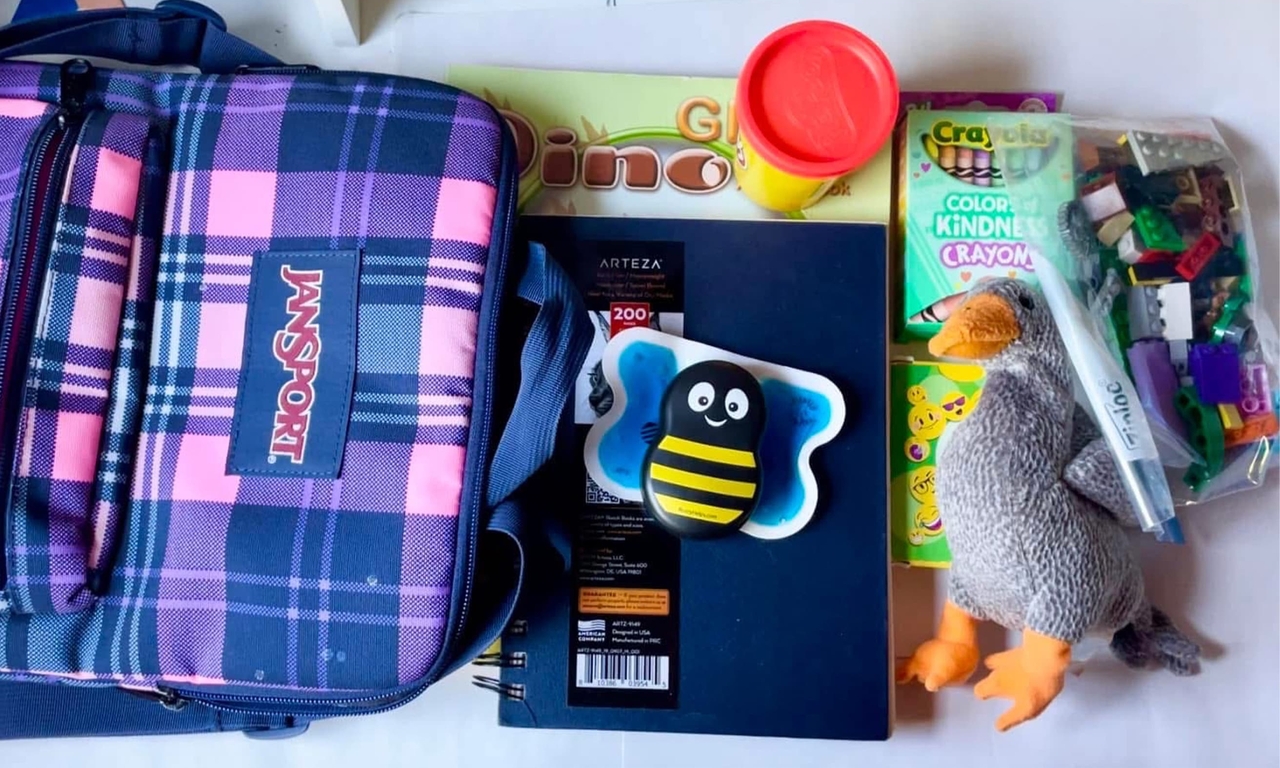
Alice joined cub scouts in 4th grade and was among the first female scouts in what was then called Boy Scouts of America. She participated throughout the COVID-19 pandemic, where scouts could mask or social distance while earning badges, hiking, camping and other scout activities.
She quickly advanced through the ranks individually. When she learned there were no girl BSA troops within 30 minutes of where she lived, she rallied her friends and her mom to create one. Alice earned higher ranks with her new troop 187G.
Alice was in 8th grade when she started planning her Eagle Scout project. Alice fundraised through Facebook, community events, local restaurants and her church to raise the $5,000 needed to buy the supplies to be included in each backpack.
Each backpack included:
- a buzzy vibrating icepack
- a capybara stuffed animal with a microwavable heating pad
- sketchbook and coloring supplies
- fidget toys
- playdoh® or model magic™
- cards
- LEGO® bricks
- a reversible wrist band so patients can show when they are in pain (white side) or feeling OK (purple side)
The kits will be distributed to patients with juvenile idiopathic arthritis at CHOP’s Philadelphia campus, and at satellite offices in Brandywine Valley, PA, and Princeton, NJ.
Now that Alice has earned Eagle, she’s staying involved with scouting and currently serves as a junior assistant scout master, helping younger scouts earn skills, badges and experiences.
What’s next?
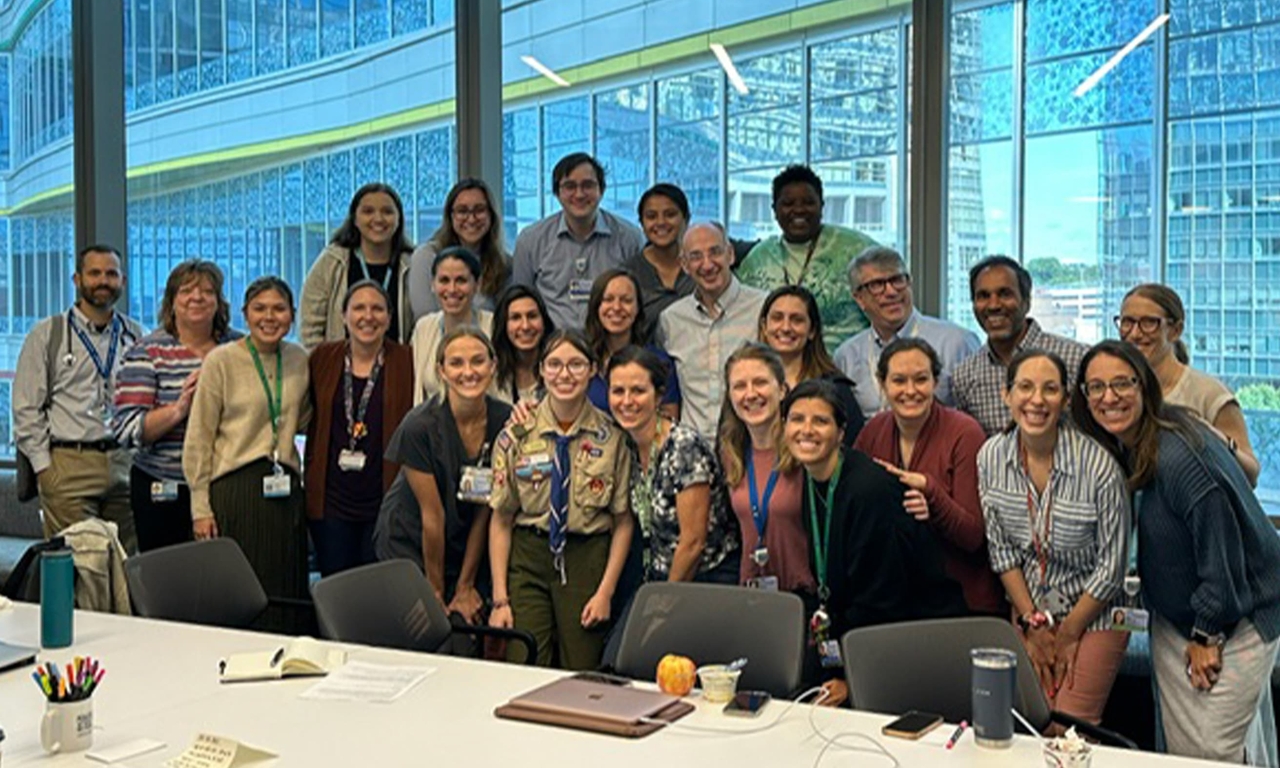
Now in high school, Alice is enjoying her life and exploring all she can do. She plays the piano, string instruments and the xylophone. She’s a member of her school’s marching band. And she enjoys challenging herself with 10-mile hikes – something neither she nor her parents thought possible a decade ago. She looks forward to studying anthropology at college.
For now, Alice says she is profoundly grateful to everyone who’s helped her get to where she is today: Her family for their support; her teachers for their flexibility at school; and her CHOP team for offering her the best treatment options and being a consistent pillar in her care.